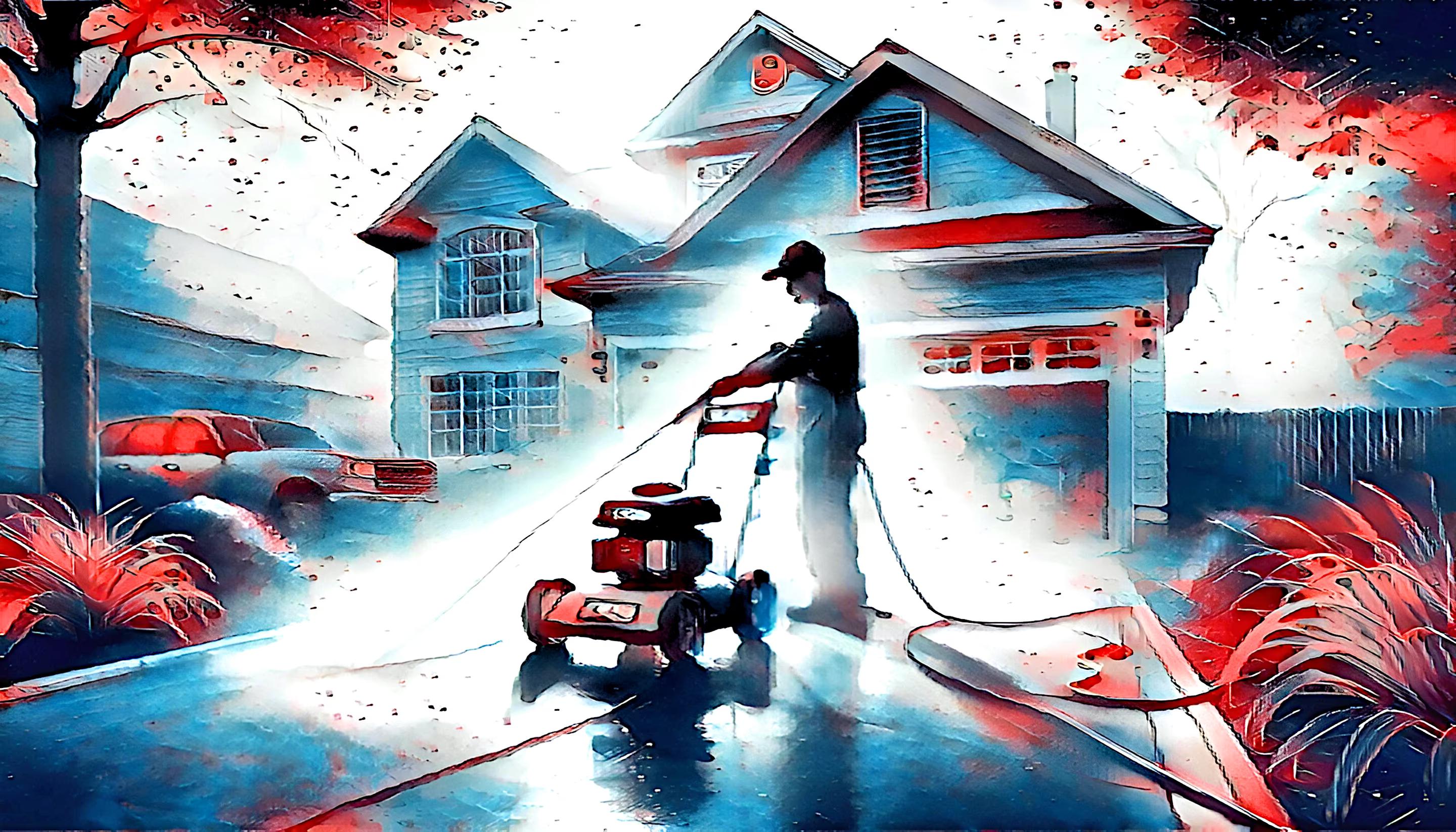What Is A Personal Injury Claim?

A personal injury claim is a legal case you can pursue if you've been injured in an accident caused by someone else. It involves seeking compensation from the at-fault party or insurance company for your injury. You can often claim personal injury using a no-win, no-fee agreement. This means you won't have to pay any upfront costs; if your claim is unsuccessful, you won't owe anything.
What Are The Most Common Types Of Personal Injury Claims?

Personal injury cases encompass a wide range of legal matters, including auto accidents, slip-and-fall incidents, workplace injuries, medical malpractice, and product liability. Each type of personal injury case involves legal considerations and potential compensation for the injured party.
Who Is Responsible For A Collision During A Contested Left Turn?
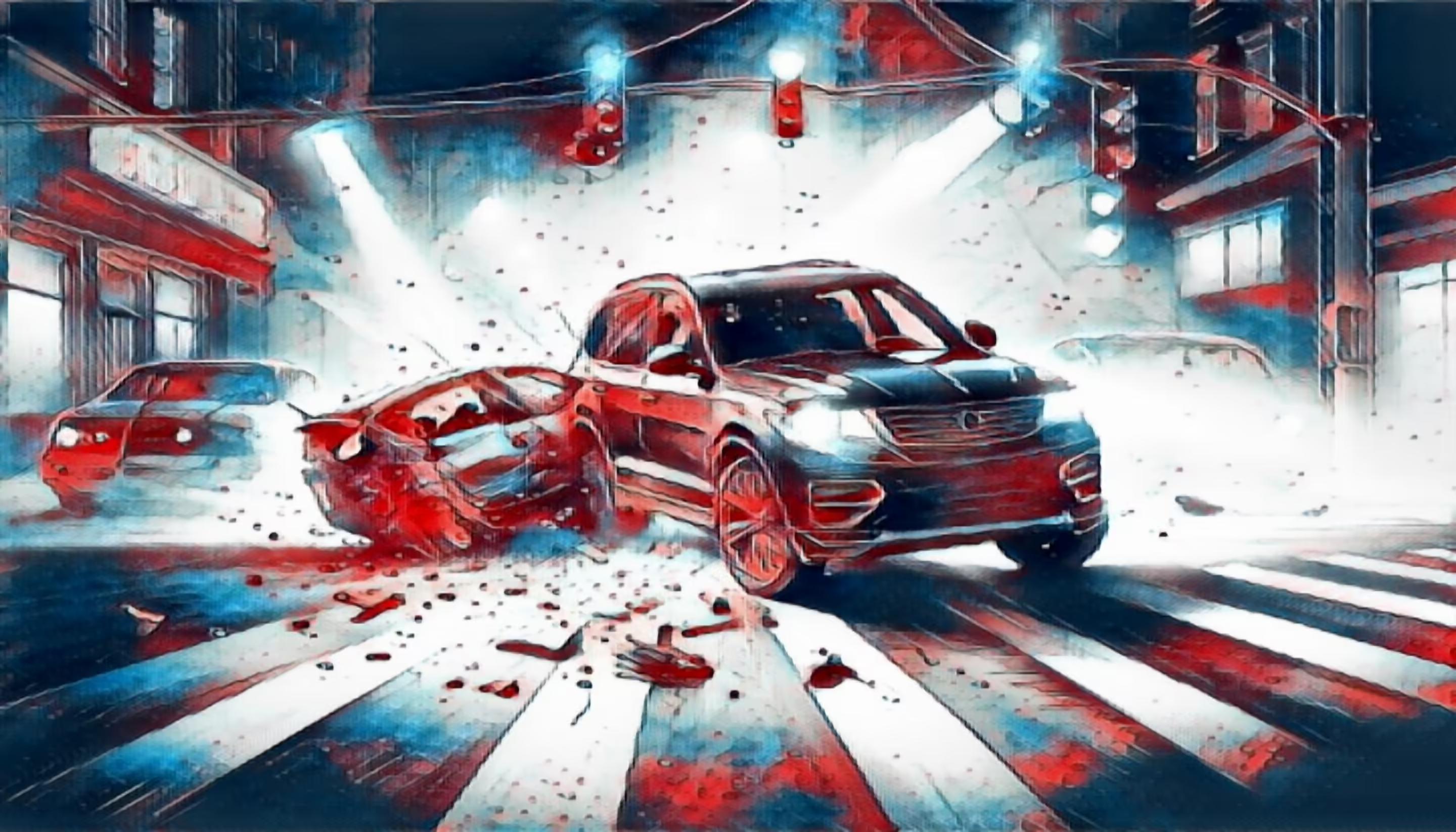
Navigating the complexities of road traffic incidents requires understanding the rules of the road and the nuances of vehicular negligence. Whether it's a left turn gone wrong or a sudden swerve to avoid an unexpected obstacle, determining fault in traffic accidents is rarely straightforward. This article explores a series of hypothetical traffic situations to show how fault can be determined under the law and illustrate how subtle details of driver behavior can significantly impact legal outcomes. From drivers making risky turns to cyclists involved in collisions, understanding these scenarios can provide valuable insights into the intricacies of traffic law and safety.
What Should I Do At The Scene Of A Motorcycle Accident?
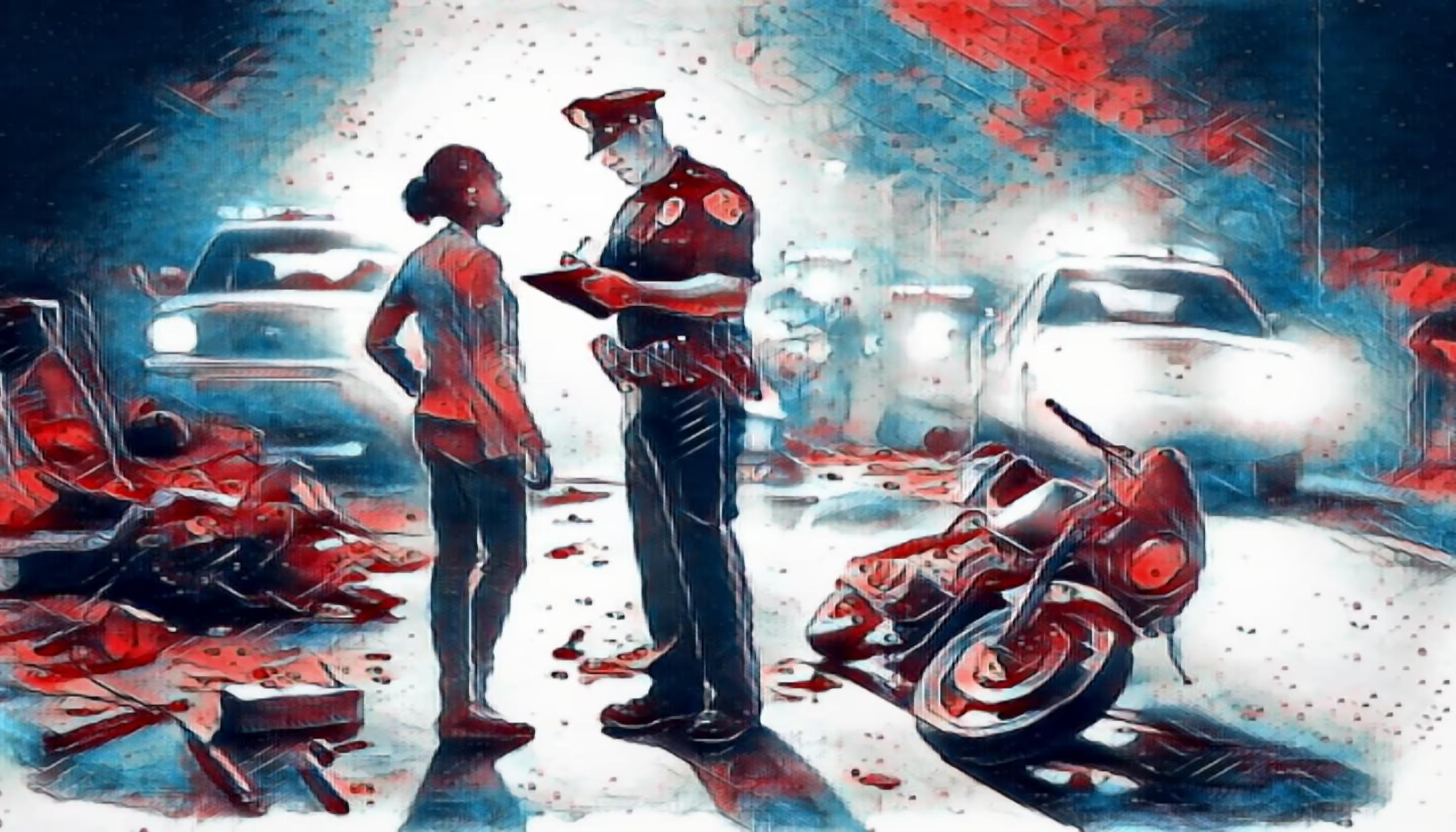
When you find yourself at the scene of a motorcycle accident, swift and informed actions can make a significant difference in the situation's outcome. It's crucial to prioritize safety, gather essential information, and begin the necessary procedures to protect your rights and health. This guide outlines the steps you should take immediately after a motorcycle accident, from documenting the scene and ensuring a thorough medical evaluation to navigating the complexities of insurance claims and legal considerations. Whether dealing with injuries, property damage, or potential legal ramifications, understanding the right actions can provide a solid foundation for recovering from an unfortunate incident on the road.
What Are Common Causes Of Motorcycle Accidents?

Motorcycle accidents occur for various reasons, each posing unique risks to riders on the road. From unsafe lane changes and the intricate maneuvers of lane splitting to the high speeds that drastically reduce reaction time, these common causes highlight the critical importance of vigilance and adherence to traffic laws. Factors like inexperienced riders, sudden stops, dangerous road conditions, and rare manufacturer defects also play a significant role in the frequency and severity of bike accidents. This article covers the most prevalent causes of motorcycle accidents, providing insights into how riders can better protect themselves and what every cyclist should know to help ensure their safety.
What Should I Do If The At-Fault Party Has Little To No Insurance Coverage?
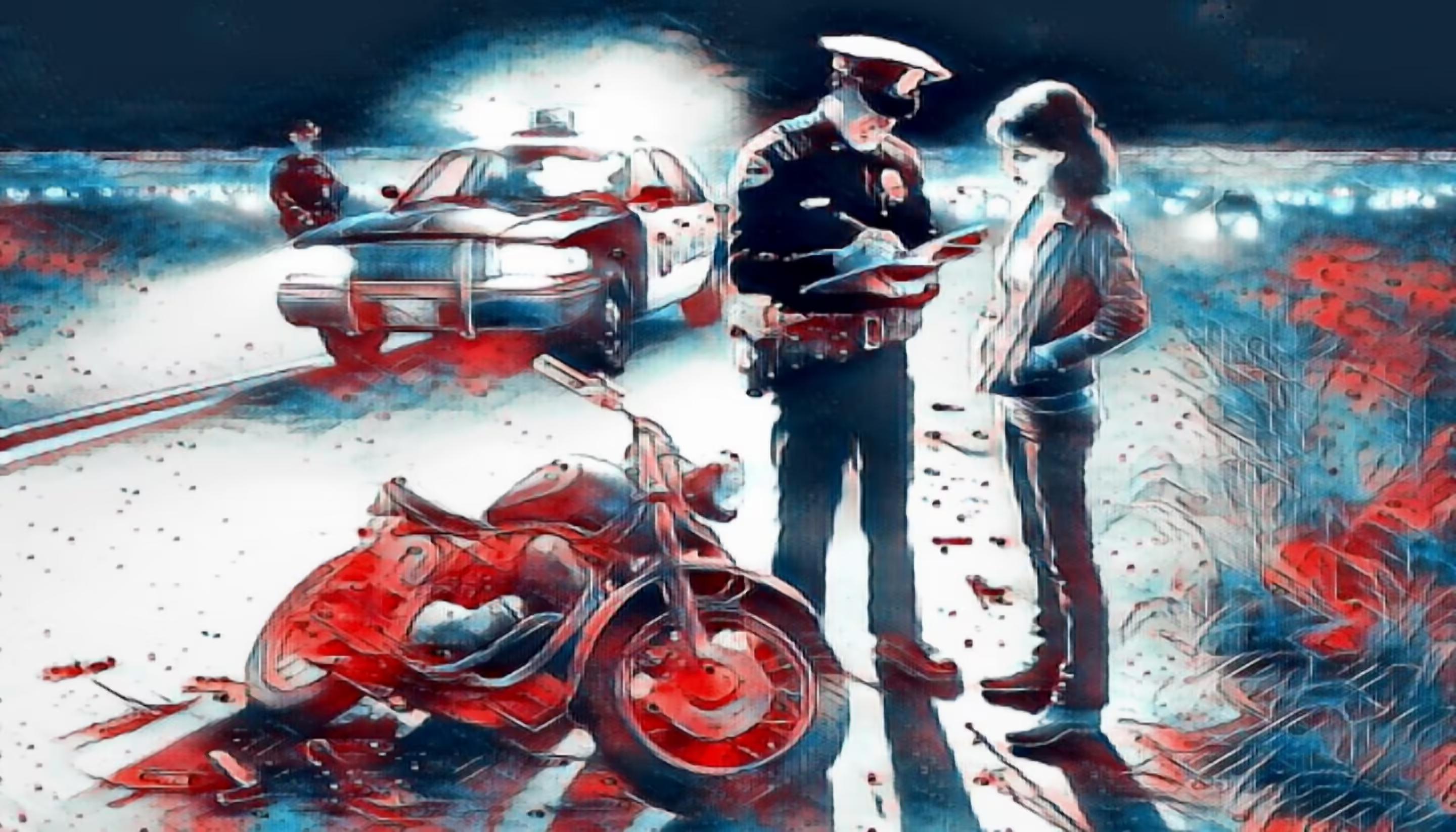
Facing an accident where the at-fault party lacks sufficient insurance coverage can be daunting and financially stressful. This scenario underscores the importance of having robust uninsured or underinsured motorist coverage as part of your insurance policy. Whether the other party has minimal coverage, inadequate assets, or none at all, your insurance policy becomes a critical safety net, ensuring that you can cover medical costs and property damage. This article provides essential guidance on navigating situations where the at-fault party's insurance is insufficient, from securing the necessary repairs to your motorcycle to handling disputes with insurance providers. Understanding these steps can significantly alleviate the burden and ensure you're prepared for any discrepancies in coverage following an accident.
What Are The Lane Splitting Rules In California?

Lane splitting, the practice of motorcycles gliding between lanes of traffic, is not only common in California but also legally recognized under specific guidelines outlined in Vehicle Code 21658.1. This unique driving maneuver allows motorcyclists to navigate traffic more efficiently, provided it is done safely. In California, regulatory bodies, including the CHP, DMV, Department of Transportation, and the Office of Traffic Safety, set forth rules to ensure that lane splitting does not compromise the safety of motorcyclists or other road users. Despite its legality, many drivers remain unaware of or misunderstand this practice, occasionally leading to road tension. This article clarifies the regulations surrounding lane splitting, offering tips on performing this maneuver safely and responsibly and fostering a safer driving environment for everyone on the road.
Safety Tips For Drivers Sharing The Road With Motorcycles
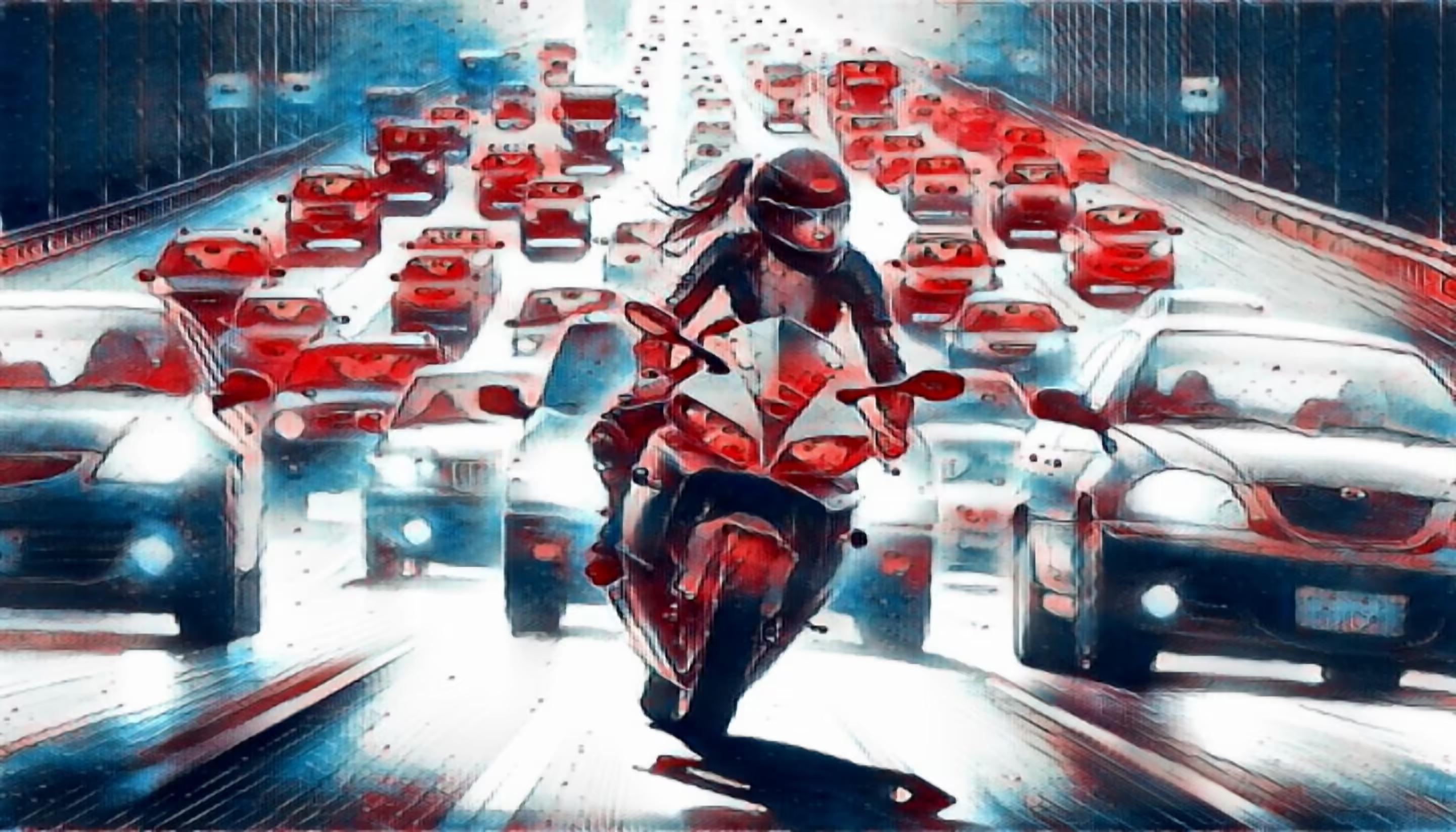
California's inviting climate and extensive roadways make it a haven for motorcycle enthusiasts, fostering a year-round biking culture. Motorcyclists face significant risks even in minor traffic incidents, so drivers must adapt their habits for shared road safety. This article provides essential safety guidance on the importance of vigilant driving practices, thorough blind spot checks, accurate speed, distance judgment, and understanding distinct motorcycle braking and signaling methods.
How Do I Know If I Suffered A Brain Injury In A Motorcycle Accident?
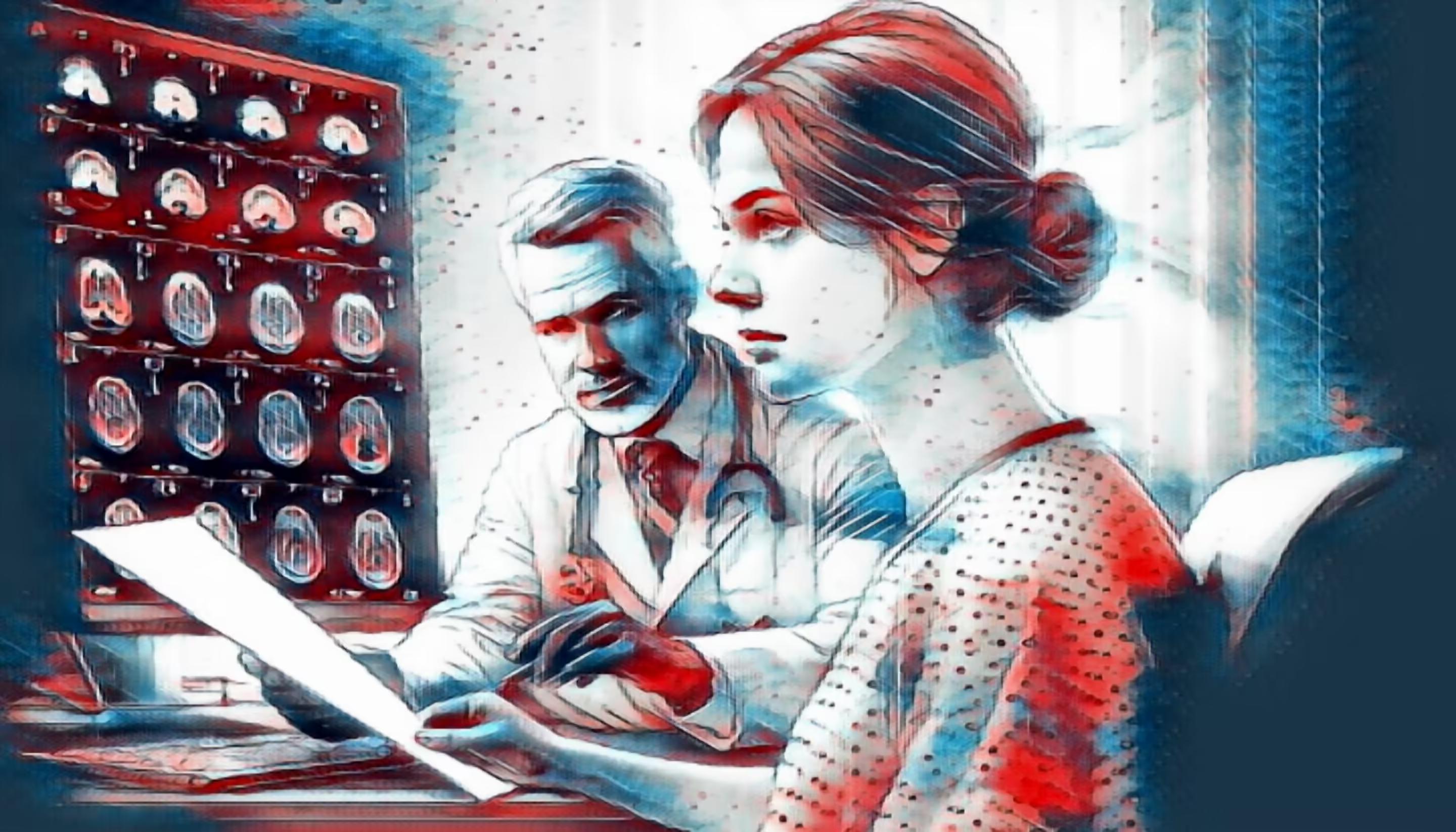
Motorcycle accidents are inherently more dangerous than car accidents due to the lack of protective barriers around the rider, increasing the risk of serious injuries such as brain trauma. Understanding the symptoms of a brain injury is crucial for anyone involved in a motorcycle accident, as the signs can be subtle and may not appear immediately. Symptoms can range from physical discomforts like headaches and dizziness to more alarming signs such as loss of consciousness, nausea, or changes in sensory perceptions. Emotional and cognitive impairments, including mood swings, difficulty concentrating, and memory issues, can also indicate brain damage. This article outlines the critical indicators of a potential brain injury following a motorcycle accident and the importance of prompt medical evaluation to address any such concerns effectively. If you or someone you know experiences any of these symptoms after an accident, seeking medical attention without delay is critical to ensure the best possible outcome.
Is It Dangerous To Ride A Motorcycle In The Rain?

Riding a motorcycle in the rain presents unique challenges and elevated risks compared to dry conditions, particularly in California, where clear skies commonly set the stage for road travel. Wet weather reduces visibility and significantly diminishes the traction that motorcycles, which rely on just two tires, can maintain on slick surfaces. This reality often increases the risk of severe or fatal injuries in rainy conditions, as motorcycles are less stable than cars and more susceptible to road hazards. This article offers safety tips for navigating wet roads safely, including advice on speed management, tire maintenance, and the importance of ensuring clear visibility - critical practices that can dramatically reduce the likelihood of accidents in adverse weather conditions.
Navigating Liability In Truck Driver Fatigue Accidents
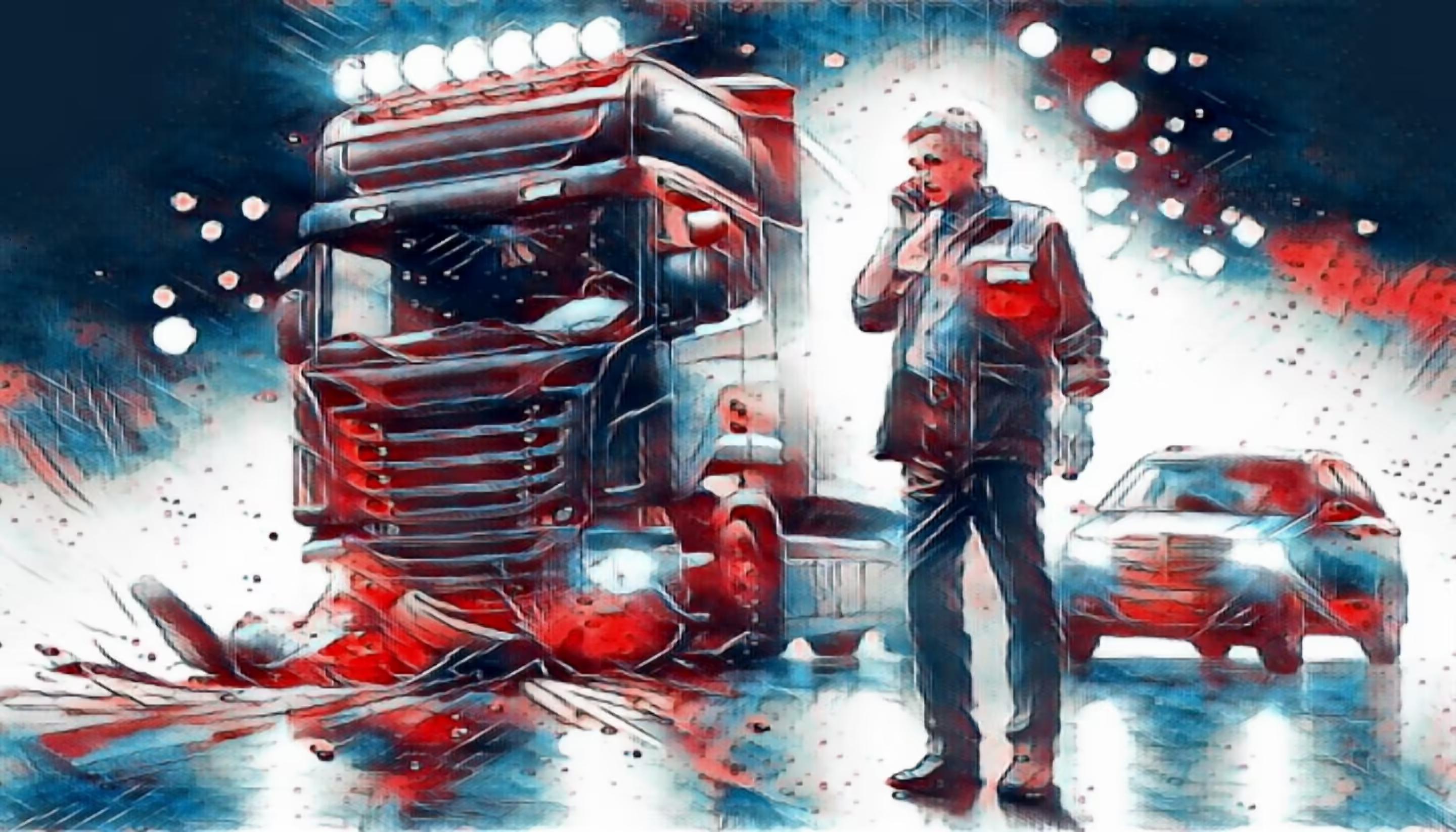
California ranks among the top states in the country for fatal accidents involving large trucks. Driver fatigue, a primary factor among truck drivers, contributes significantly to these accidents, as many push themselves beyond safe limits, driving while exhausted. A truck accident in California resulting from driver fatigue can have devastating consequences, leaving victims with severe injuries, emotional distress, and mounting medical expenses. Furthermore, the inability to work during recovery adds to families' financial strain.
Common Types Of Truck Accident Injuries

Truck accidents often result in various injuries because of the significant difference in size and weight between trucks and smaller vehicles. If you've sustained injuries in a truck accident in California, being aware of these typical injuries can assist you in obtaining the necessary medical treatment and legal assistance. Injuries from truck accidents can be severe, affecting not only your physical health but also your financial situation and general welfare.
Understanding Pedestrian Crosswalk Laws In California: What Drivers & Pedestrians Need To Know
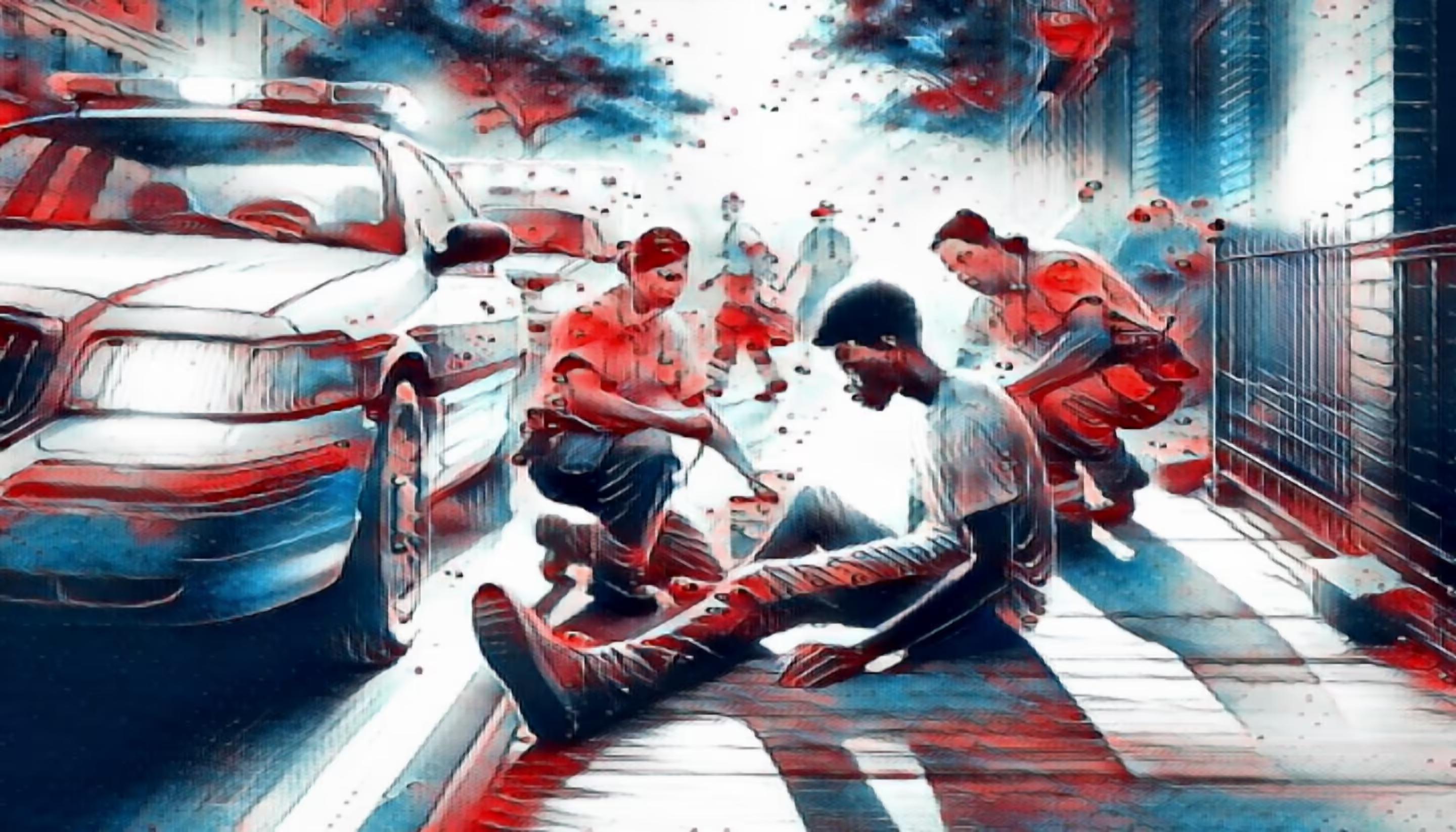
Pedestrian crosswalks are crucial for ensuring the safety of individuals crossing streets, and understanding the laws governing these areas is essential for drivers and pedestrians. In California, specific regulations are in place to protect pedestrians and manage traffic effectively. This article provides an in-depth look at pedestrian crosswalk laws in California, offering guidance for drivers and pedestrians to navigate these rules and reduce the risk of accidents.
What Are The Pedestrian Right-Of-Way Laws In California?
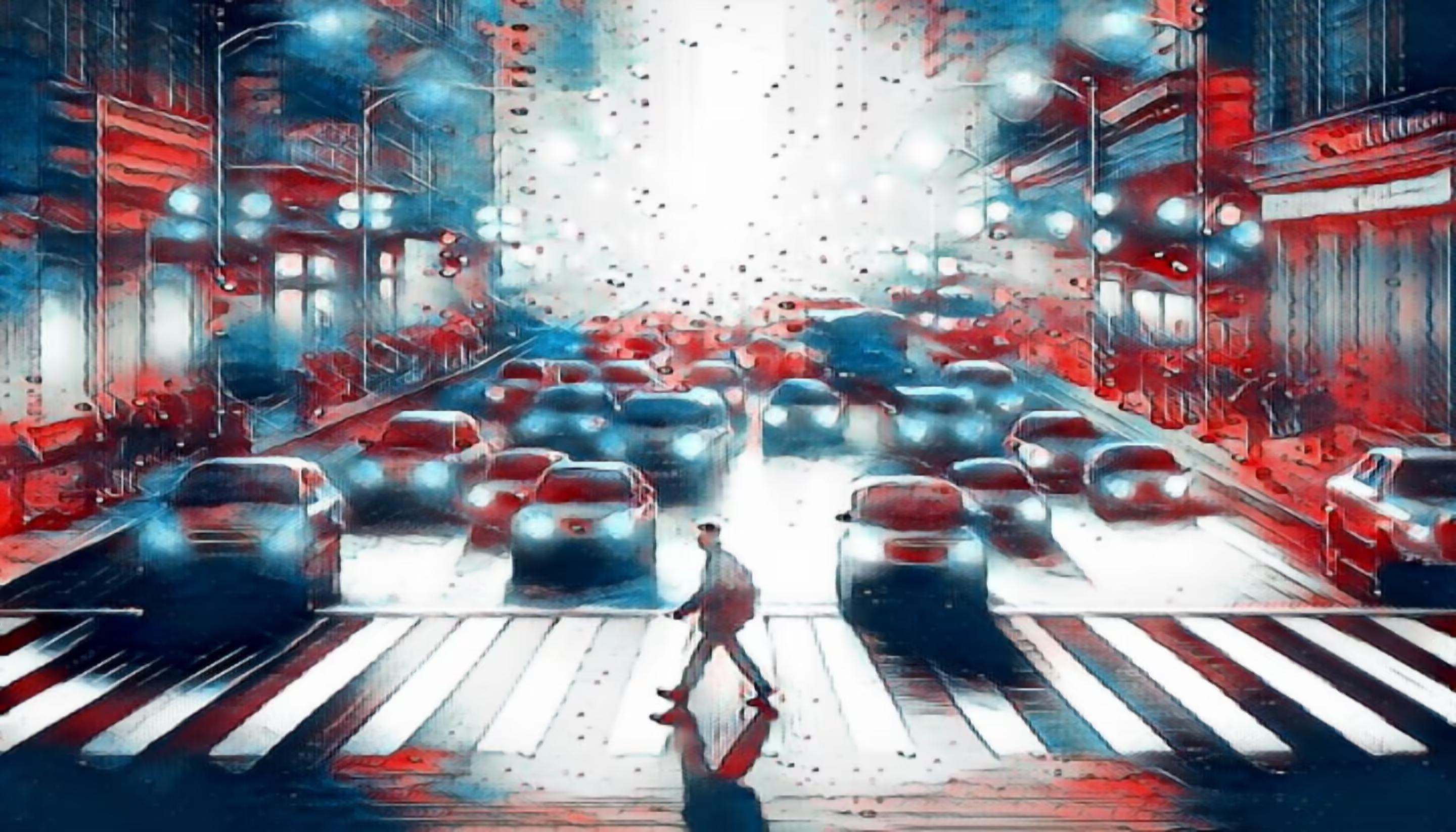
Pedestrians are among the most vulnerable road users, and collisions between pedestrians and vehicles can have severe consequences. The risk to pedestrians is exceptionally high in a city like Los Angeles, known for its heavy traffic and bustling downtown areas. Adherence to California's pedestrian laws by both drivers and pedestrians could significantly reduce the number of such incidents. Understanding and following these right-of-way laws is essential for improved pedestrian safety.
How Does Jaywalking Affect Your Pedestrian Accident Lawsuit?
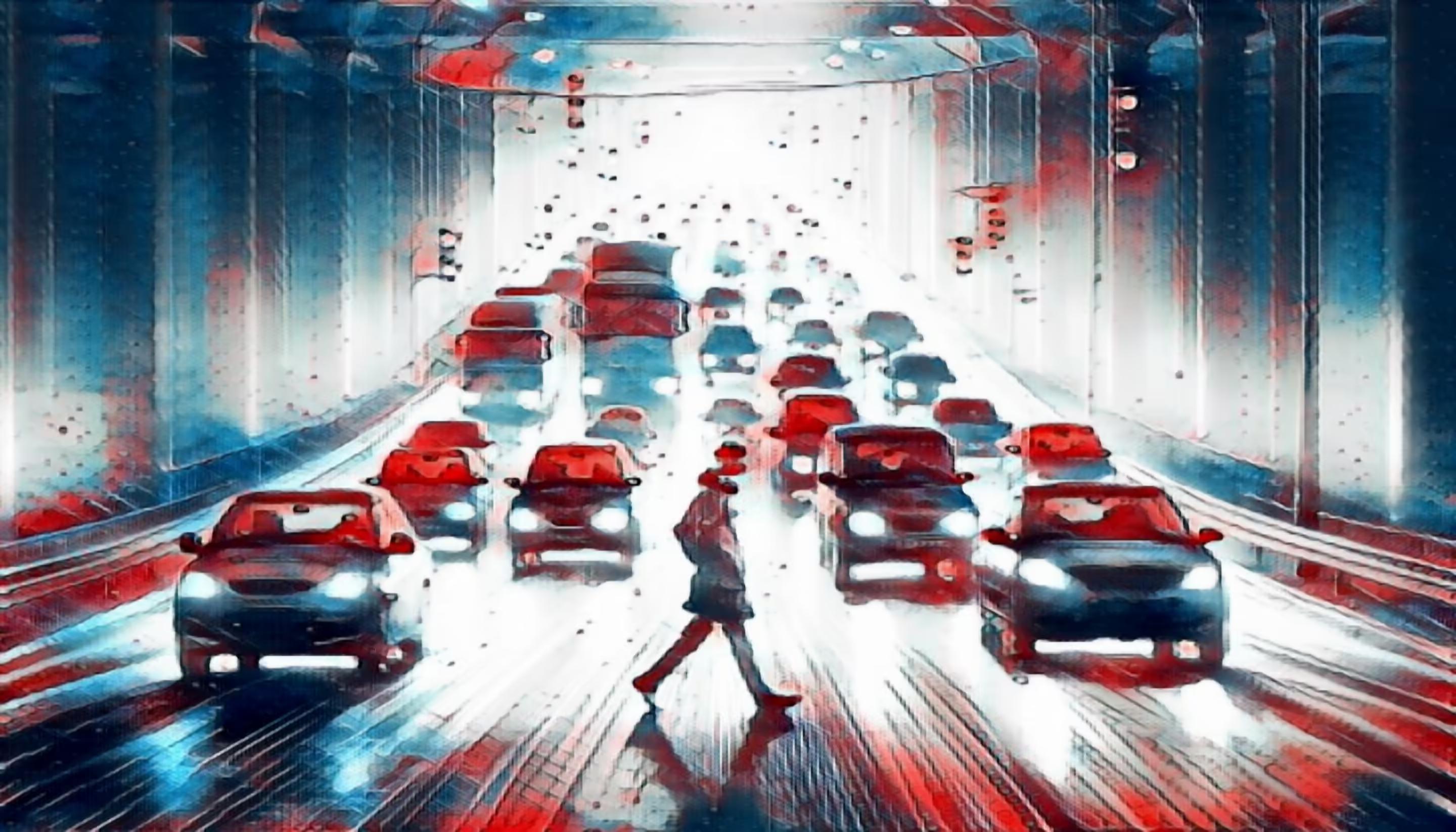
A common concern regarding pedestrian accidents is whether crossing the street anywhere in California is permissible. Jaywalking refers to crossing the road in areas not designated for pedestrian crossings. But what are the specific rules, and what are the consequences of breaking them?
Navigating Rideshare Accidents As A Driver In California
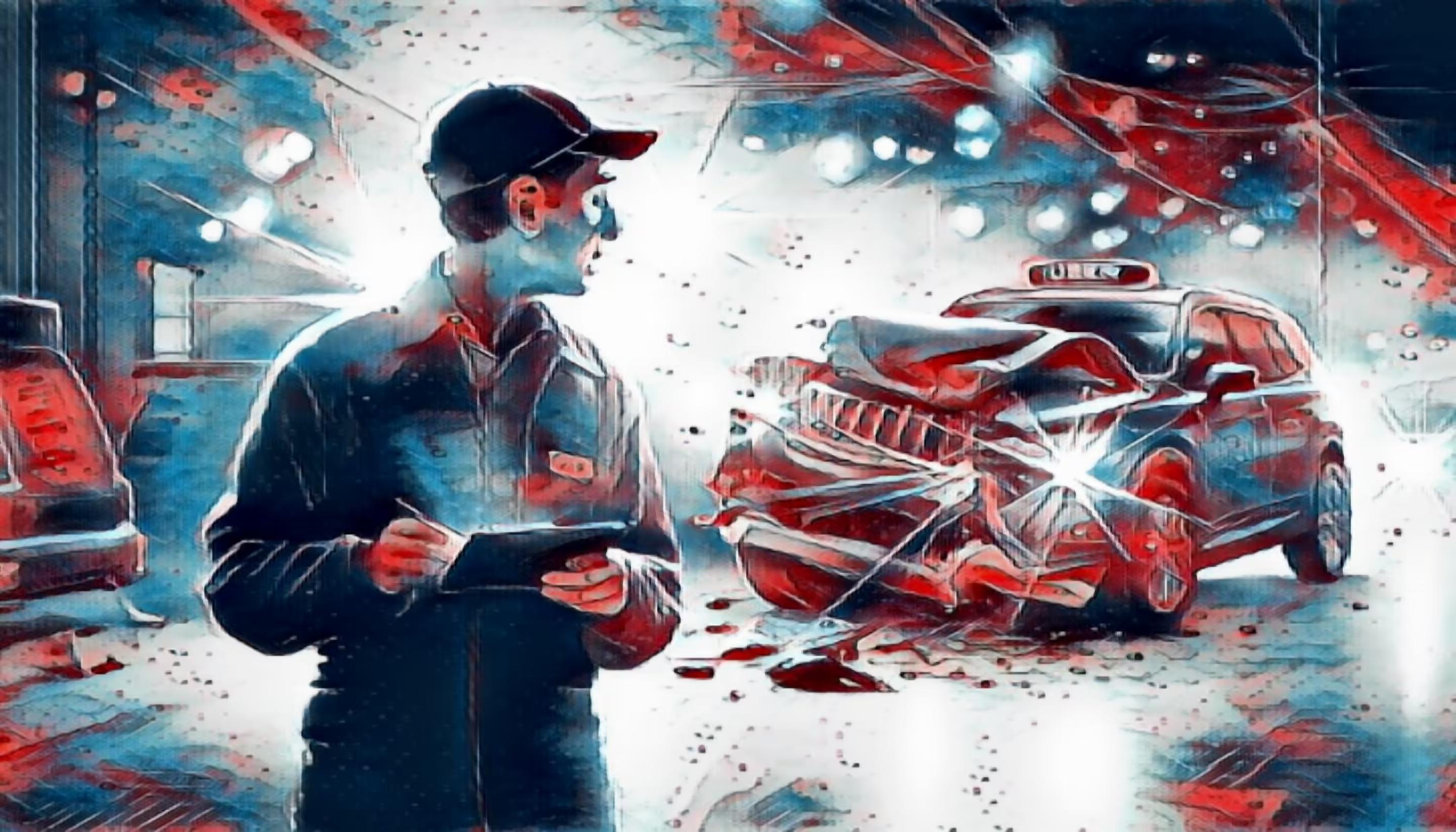
As a rideshare driver in California, your vehicle is not just a mode of transportation; it's your livelihood. Unfortunately, the road is unpredictable, and accidents can happen despite your efforts to drive safely. Understanding your legal rights and responsibilities after a rideshare accident is crucial to protecting yourself and your passengers. This guide will walk you through the steps you should take if you are in an accident while driving for a rideshare service like Uber or Lyft.
Steps For Uber & Lyft Passengers To Take If Hurt In An Accident
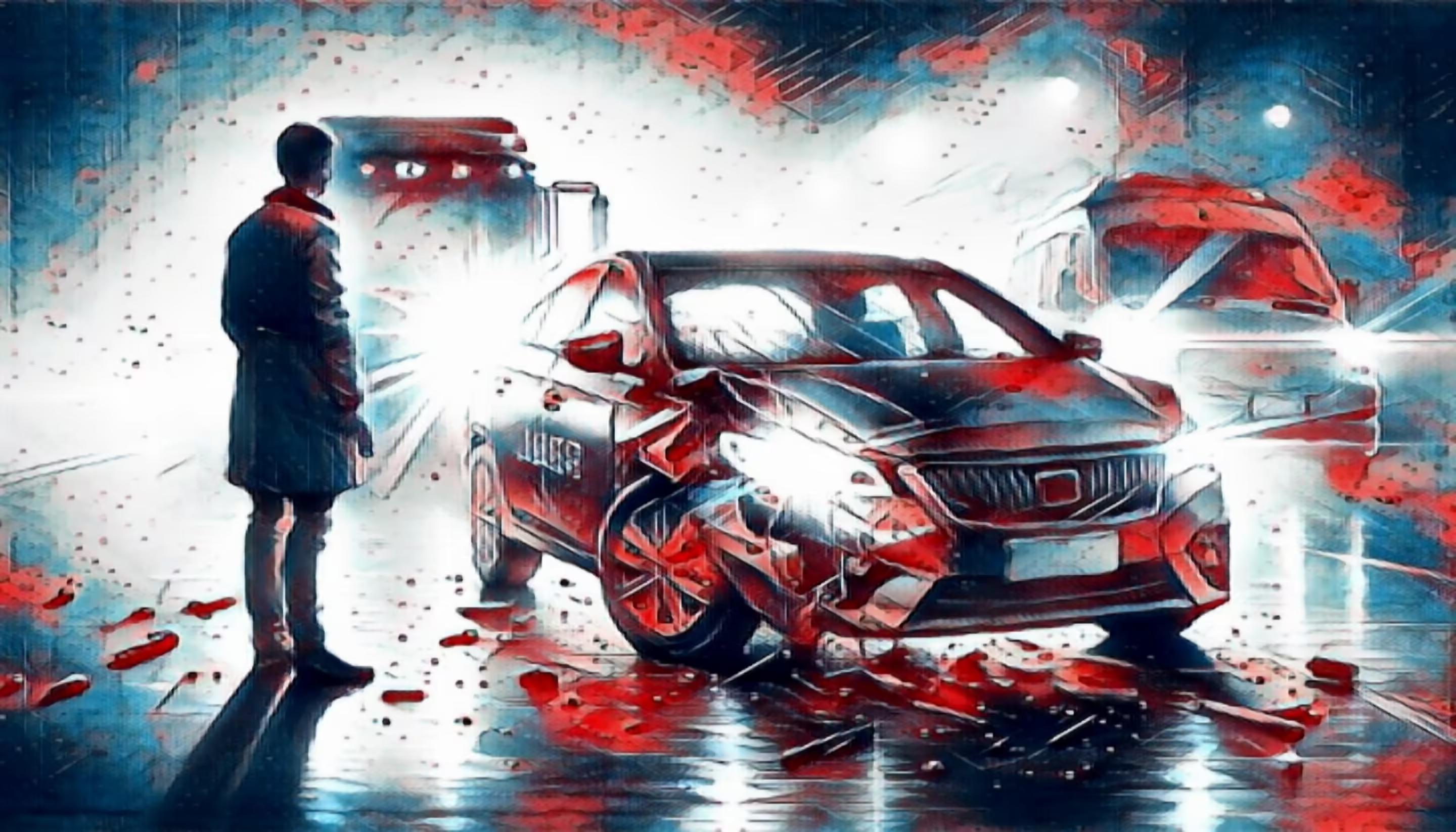
Rideshare companies such as Uber and Lyft handle around 16 million daily rides. With so many rideshare vehicles on the road, accidents involving these services in California are more common than you might realize. When you enter a rideshare vehicle, you don't think about what to do if there's an accident. However, from a legal perspective, incidents involving Uber or Lyft can be complicated. Understanding the applicable laws and insurance coverage is crucial and empowering. It puts you in control and ensures you receive the appropriate compensation if an accident occurs.
What To Do If You Are Injured On Public Transportation?
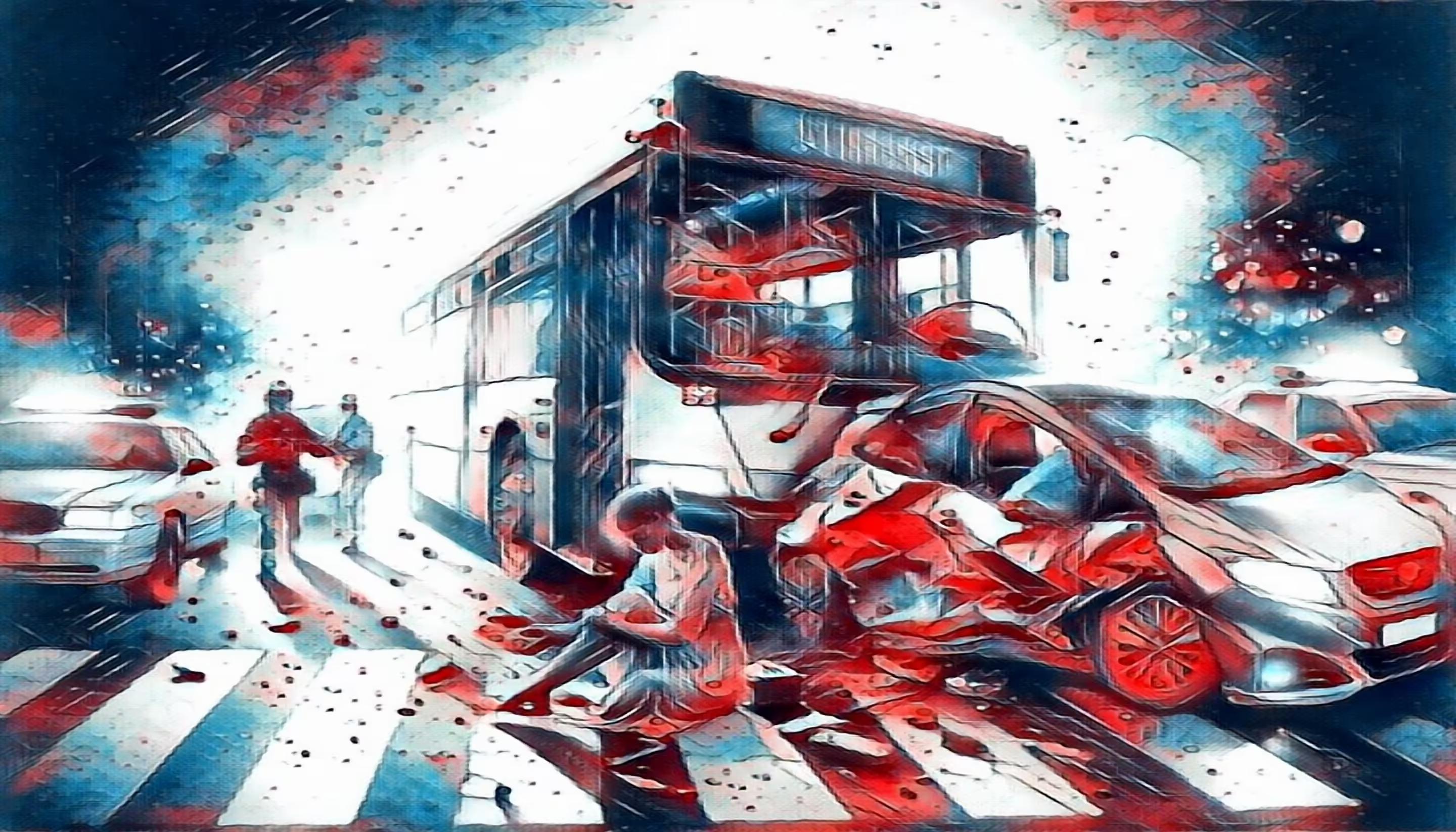
Public transportation, whether a bus, train, or subway, offers a convenient and eco-friendly way to get around. However, accidents and injuries can occur, and knowing what to do in such situations is crucial. Protecting your rights and pursuing compensation is essential if the injury results from a slip, fall, collision, or negligence. In this blog, we will explore the steps you should take if you are injured on public transportation and how an attorney can help you navigate the complexities of your case.
What To Do If An Unlicensed Driver Hits You In California?
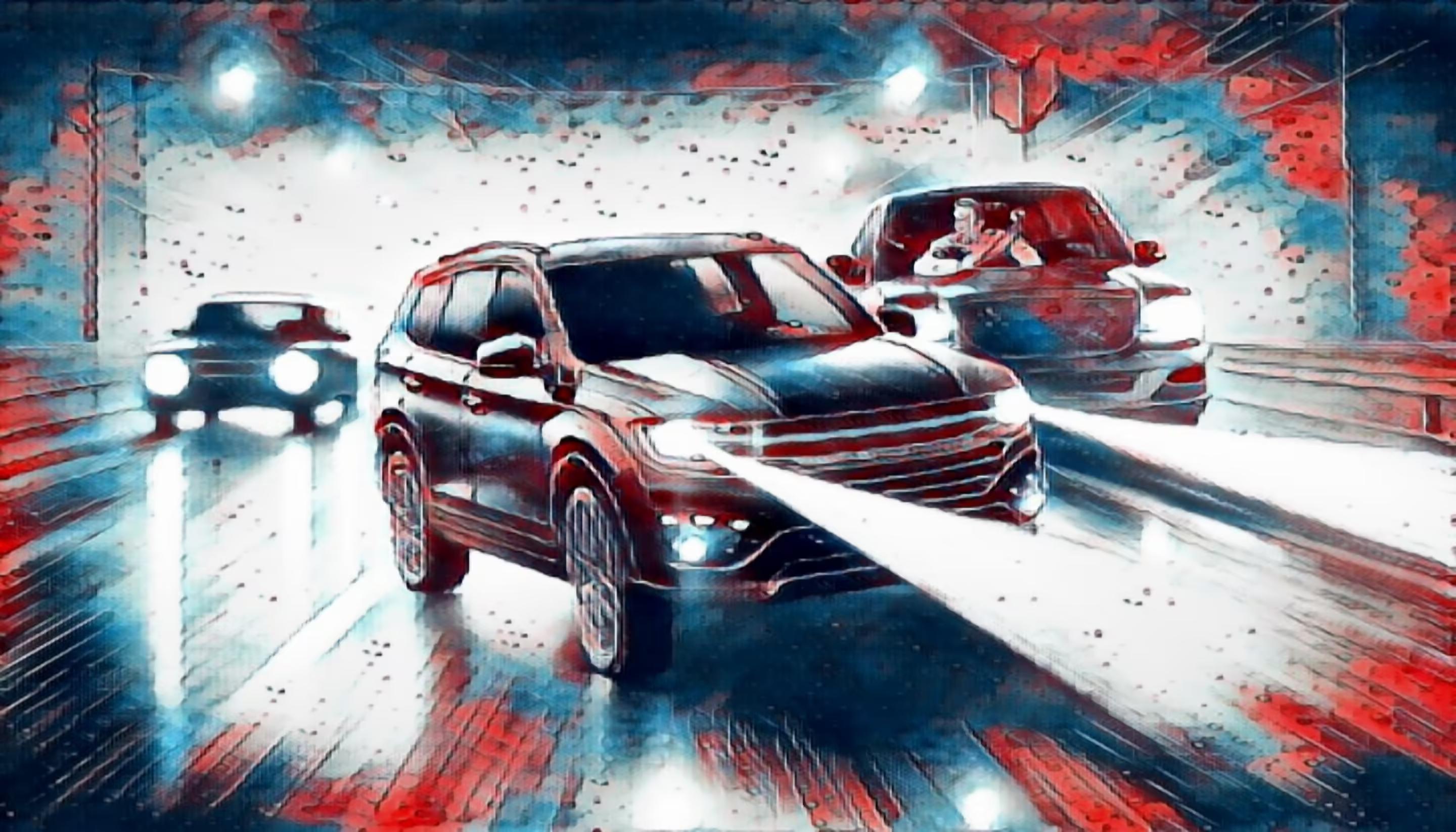
Being involved in a car accident is already a stressful experience, but it becomes even more complicated when the at-fault driver is unlicensed. In California, thousands of drivers operate vehicles without valid licenses. If you're hit by one of them, knowing your rights and the steps you should take to protect yourself is essential. In this blog, we'll explore what to do if an unlicensed driver hits you in California and how an experienced attorney can help you navigate recovering compensation.
What Are The Most Dangerous Roads In Los Angeles, California?
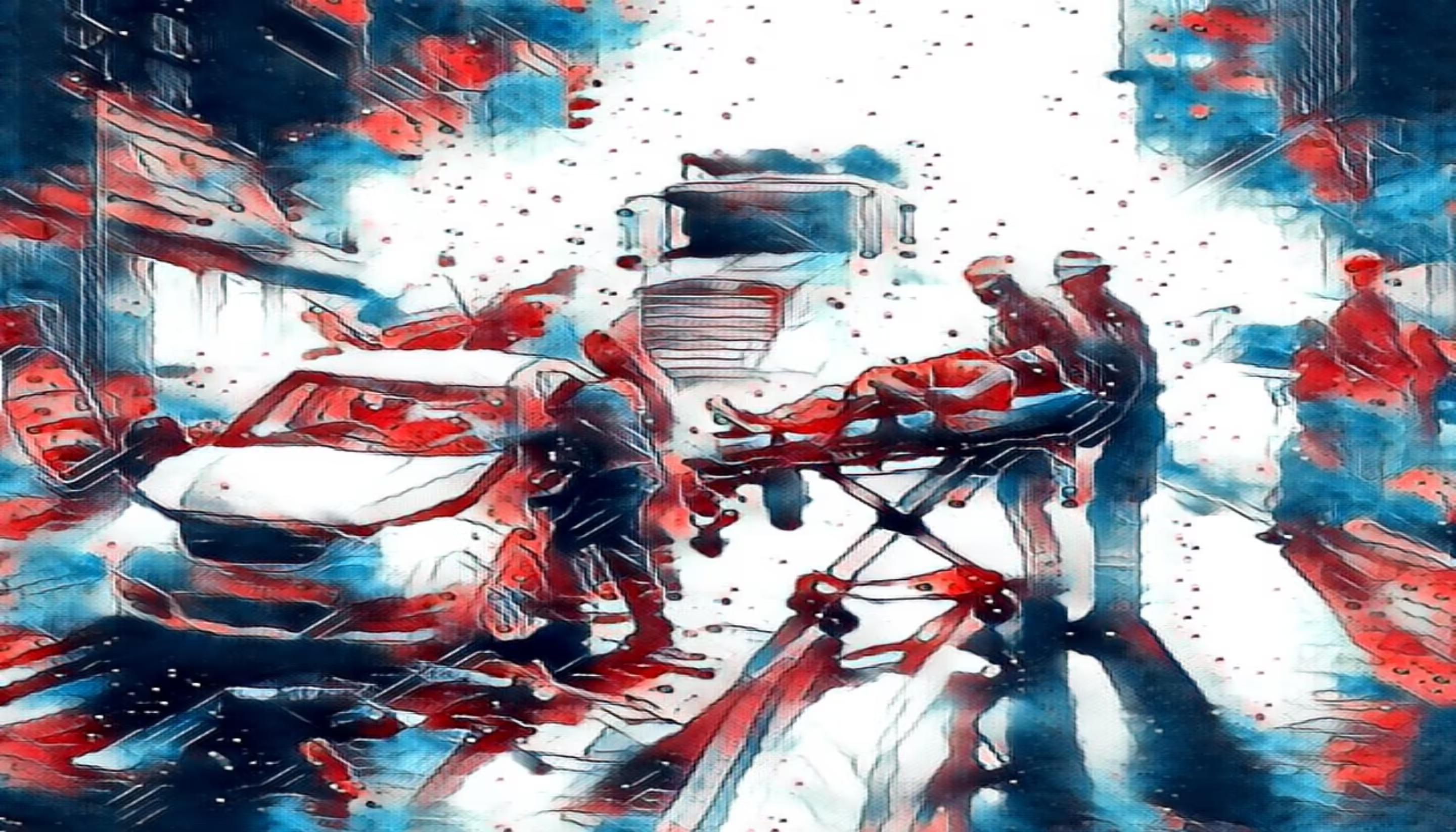
Los Angeles is known for its sun and relaxation, from getting a tan at the beach to driving down the road with clear skies and wind in your hair. Being behind the wheel, however, you know the dangers of the road while driving. But we never ask ourselves: what are the most dangerous roads near Los Angeles, California?
The Critical Role Of A Slip & Fall Safety Expert In Legal Cases

Slip and fall accidents are among California's most common personal injury claims. These incidents can lead to severe injuries, significant medical expenses, and long-term impacts on the victim's quality of life. For attorneys handling slip and fall cases, the involvement of a safety expert can be crucial in establishing liability and ensuring that victims receive the compensation they deserve. This blog explores the role of a slip and fall safety expert and the valuable insights they bring to personal injury cases.
Seeking Justice For Victims Of Slip & Falls On Los Angeles Sidewalks

Los Angeles is known for its vibrant neighborhoods, beautiful weather, and bustling streets. But beneath the surface of this lively city lies a serious problem harming its residents - faulty and broken sidewalks. These damaged pathways are an eyesore and a significant hazard, leading to countless slip-and-fall accidents yearly. Unfortunately, the city's response to this issue has been less than satisfactory, leaving many victims, particularly the elderly, vulnerable to serious injuries.
What to Do If You're Injured on Vacation in California
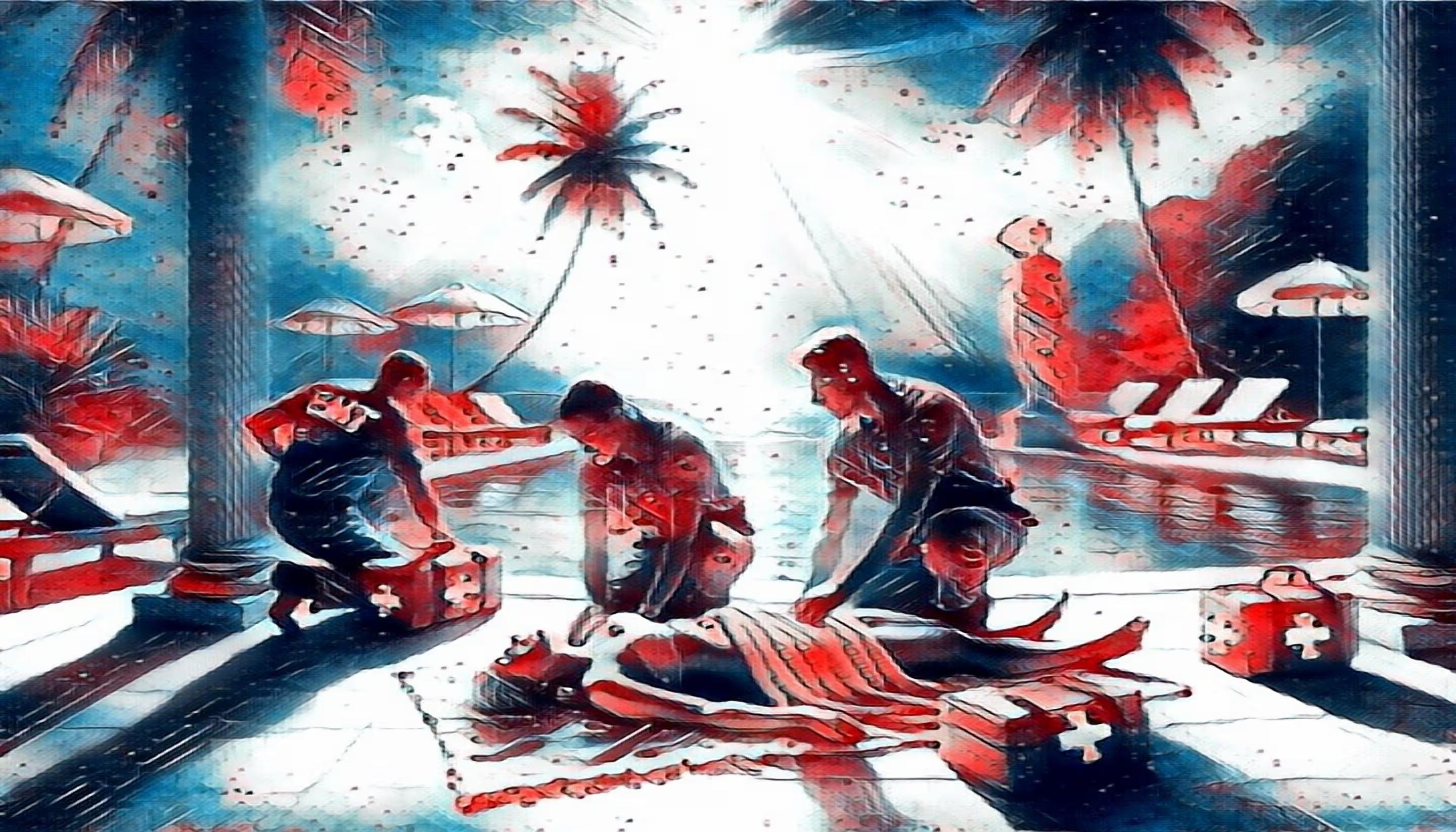
A vacation should be a time for relaxation, fun, and exploration. However, accidents can happen even when you're on holiday, and if you're injured while vacationing in California, it can be overwhelming to know what steps to take. Navigating legal procedures while dealing with an injury is particularly challenging in an unfamiliar location. This guide explains what to do if you're injured on vacation in California and how to protect your legal rights.
How to Prove Your Job Contributes to Your Injury
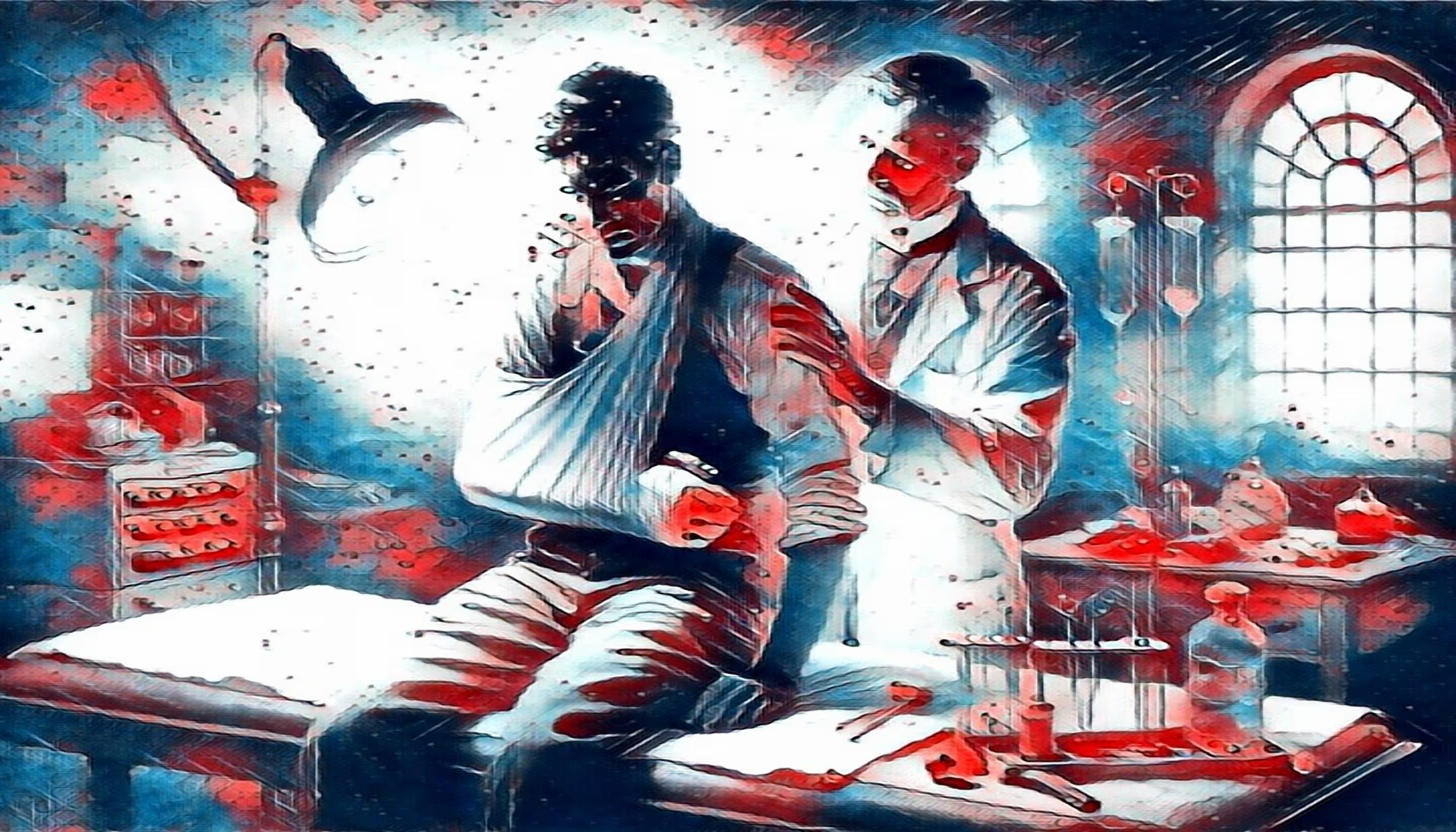
Sustaining an injury at work can be a life-altering event. If you're facing this unfortunate situation, understanding how to prove that your job contributed to your injury is crucial for securing the workers' compensation benefits you deserve.
Economic vs. Non-Economic Damages in Personal Injury Cases
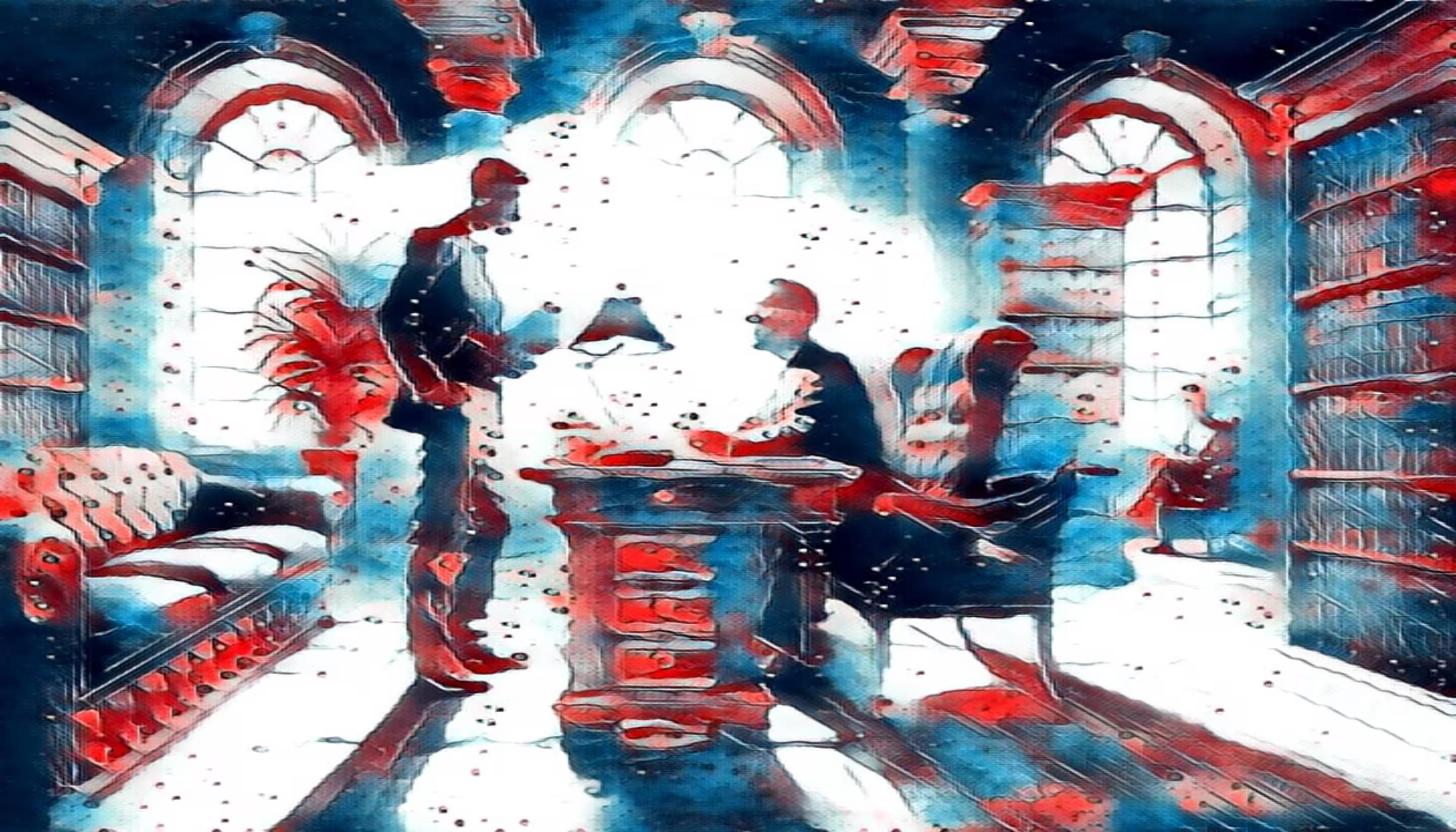
When dealing with an injury from someone being negligent or committing wrongdoing towards you, compensation for your loss is likely. Personal injury cases involve two different types of damages: economic and non-economic. Both are relevant for the person who is the victim of the injury. However, they are two separate damages that help better calculate compensation for their loss. Establishing the difference between the two is essential regarding economic and non-economic damages in personal injury cases.
Dealing with Car Accidents as a Tourist in Los Angeles

Los Angeles is a vibrant city renowned for its iconic sights, diverse culture, and, unfortunately, notorious traffic congestion. As a popular tourist destination, navigating the city’s roadways can be both exciting and daunting. Car accidents can happen unexpectedly, and dealing with them while on vacation can be overwhelming. This blog outlines what to do if you find yourself in a car accident as a tourist in Los Angeles, providing essential tips to ensure your safety and protect your legal rights.
Nationwide Ryobi Electric Pressure Washer Recall: Understanding the Recall & Risks
